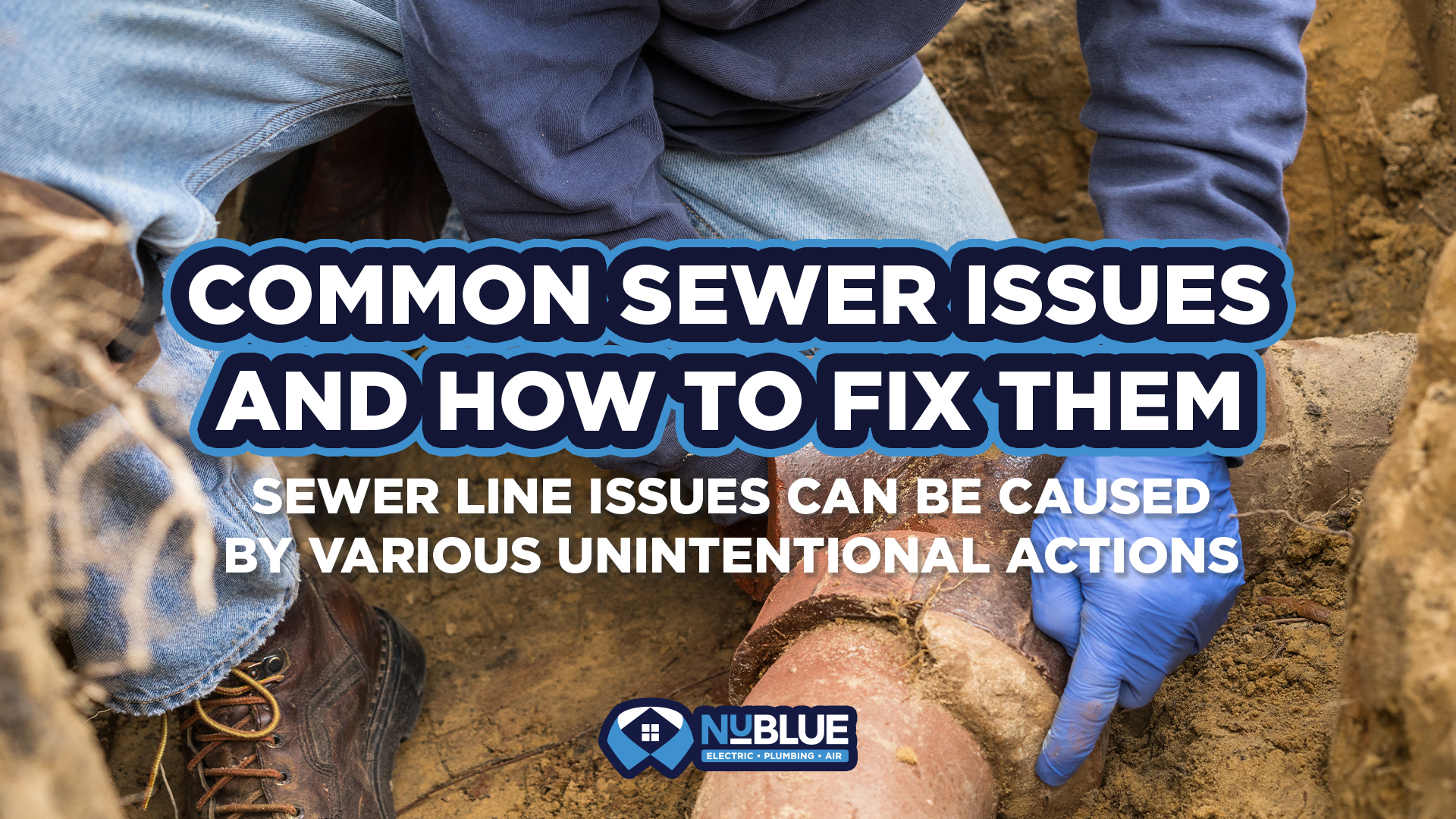5 Things Charlotte Homeowners Should Know About Surge Protectors
ElectricalSometimes you can fake it till you make it, but when you’re talking about home improvement projects, new construction and any type of electrical work, it’s best to leave it to the electrical professionals.
NuBlue is Charlotte’s local electrician and can help you create a long lasting light in your home and community. One way we do this is through providing top-of-the-line service to our clients, but we also do this by educating and empowering you to make the right decisions for your home.
Surge protectors often have a lot of question marks surrounding them. What are they? How do they work? How do I know which is better? And the list goes on and on. Our expert electricians have put together a list of 5 things Charlotte homeowners should know about surge protectors to keep your home in the Queen City safe and sound.
What is A Surge Protector?
A surge protector is a type of power strips that protects your appliances and electronics from damage caused by voltage spikes. Its two main functions are to give you the ability to plug more than one thing into a single power outlet and to protect whatever you have plugged in from a high-voltage power surge.
Surge protectors work by passing the electrical current along the outlet to the devices plugged into the strip. If the voltage goes above the acceptable level it will pass the excess electricity into the outlet’s grounding wires that run parallel to the hot and neutral wires. Therefore, keeping your appliances, electronics and home safe from potential hazards.
Sometimes Bigger Is Better
The strength of a surge protector is measured in joules, and the higher the number of joules, the stronger and more effective your surge protector is. Smaller electronics can be paired with a surge protector that has lower joules but larger appliances are best paired with a high-joule count surge protector.
Power Strips and Surge Protectors Are Different
Tomato, tomato? Not quite. While technically a surge protector is a type of power strip, regular power strips do not offer all of the same capabilities as a surge protector. Power strips add extra outlet space while surge protectors defend against potential voltage spikes and protect your electronics and appliances from danger.
Causes of Power Surges
Most people assume that lightning is the main cause of a power surge, and while this is in fact a cause of power surges, it’s not the only cause. When a power grid fails, a circuit overloads or you use damaged electrical wires, you can find yourself at risk of a power surge. Additionally, operating high-power devices like air conditioners and refrigerators can also lead to power surges due to the high-energy that is required to turn these machines on and off.
When Should I Replace a Surge Protector?
A good rule of thumb is to replace your surge protector every two years. As time goes on, the joules that measure the strength of the surge protector decrease and it becomes less effective. It also helps to keep track of the surges and spikes that it helps to protect against so you know how much wear and tear the surge protector has been through.
Surge protectors are a great way to protect your home and electronics from severe damage caused by power surge spikes. You can take it a step further and protect your home from electrical equipment from a power surge when you invest in a whole home surge protector.
For more information on surge protectors, NuBlue’s whole home surge protectors and what is best for you, give our team of expert electricians a call.
Contact Us Today
Contact NuBlue today for all your home service needs



When you call NuBlue, you can rely on:
- Same-day services
- Licensed and insured
- Trip charge applied to service
- Upfront pricing
- Background checked technicians
- Financing options
- Military/veteran/senior discounts





